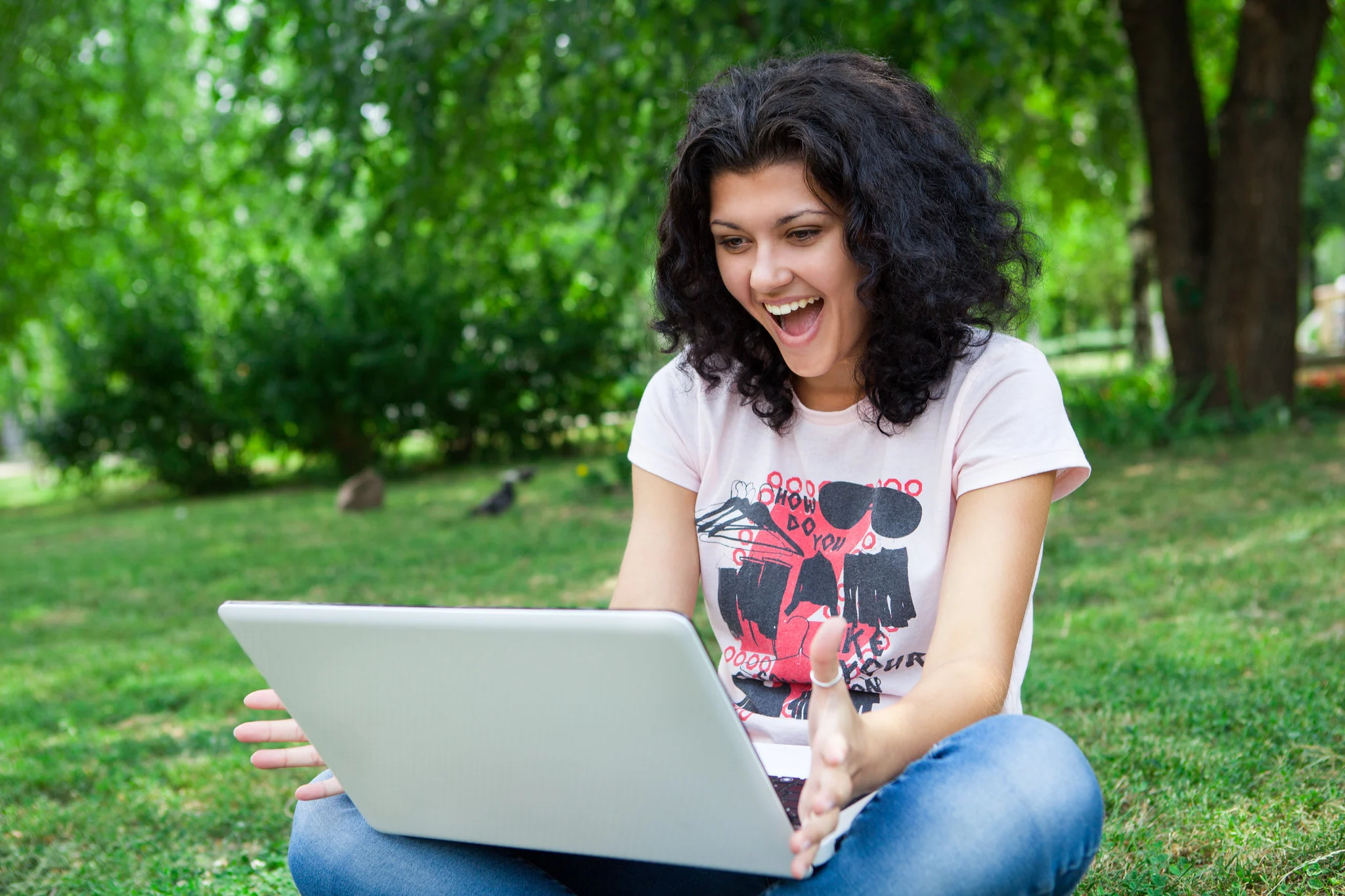Excessive alcohol consumption due to problem drinking irritates the liver, causing fat to build up in liver cellar disease, known as alcoholic fatty liver disease. Left unchecked, this fat accumulation can advance to liver inflammation and failure. Understanding alcoholic fatty liver disease and maintaining a healthy liver through moderation and diet is essential to avoid the progression of liver damage over time.
But what if you are in the early stages of AFLD? What if you’re still drinking and need help stopping? Here we have answers you need about identifying, getting a diagnosis, and treating alcohol-related fatty liver disease.
An Overview of Alcoholic Fatty Liver Disease
Alcoholic fatty liver disease refers to the buildup of fat in liver cells caused by excessive alcohol use. Over time, this alcohol-related fatty liver disease can progress to more serious liver conditions like alcoholic hepatitis and cirrhosis.
Fatty liver disease is characterized by the accumulation of fat in liver cells. In alcoholic fatty liver disease, this buildup is caused by heavy alcohol intake over an extended period. As fat continues to build up, it can lead to inflammation and liver cell damage.
The Basics of Fatty Liver Disease
Dietary fat also plays an important role in the development of alcoholic liver disease. According to a 2008 study, dietary fat intake can impact the progression of alcoholic fatty liver disease to more advanced diseases like alcoholic hepatitis and cirrhosis.1
The study highlights the importance of dietary fat in developing these alcohol-associated liver conditions, emphasizing fatty infiltration as a risk factor for cirrhosis development and the role of oxidative stress.
🧑🏻⚕️
If I stop drinking, will it reverse the effects on the Alcoholic Fatty Liver?
Quitting drinking early in alcoholic fatty liver disease can allow full reversal of liver damage. But later-stage scarring can’t be fully undone, showing why early alcohol abstinence is key for best outcomes. The sooner drinking stops, the more liver function can improve.
Understanding Liver Health and Its Importance
The liver performs many vital functions that are essential for overall health, including:
- Removing toxins from the blood
- Processing nutrients absorbed from food
- Regulating blood clotting
- Producing bile to help digest fats
- Storing glucose, iron, vitamins, and other essential nutrients
Keeping the liver healthy is crucial, as alcohol-related liver damage can have widespread consequences on health.
Get help for Alcohol Addiction at Cornerstone
Key Functions of the Liver in Your Body
The liver is the largest internal organ and carries out many essential tasks, including:
- Removing toxins – The liver filters toxins, drugs, alcohol, and other hazardous substances from the blood so they can be safely expelled from the body.
- Processing nutrients – It breaks down fats, proteins, and carbohydrates into usable resources to supply the body with energy and materials to build/repair cells.
- Regulating blood clotting – The liver produces coagulation factors and proteins that help the blood clot properly when needed.
- Producing bile – the liver emulsifies fats for proper food digestion and nutrient absorption.
- Storing vital nutrients – The liver stores important vitamins, minerals, iron, and glucose reserves to supply the body with when needed.
Keeping the liver healthy through moderation and a balanced diet ensures it can perform these vital functions – filtering toxins and waste, processing nutrients for energy use, regulating proper blood clotting, producing bile for digestion, and storing supplies to fuel and nourish the body.
Early signs your liver may be struggling from drinking include fatigue, nausea, loss of appetite/weight, abdominal discomfort. Seek medical advice - early screening crucial, as silent liver damage can occur.
If you are truly concerned about potential alcoholic fatty liver, see your doctor right away for evaluation - blood & imaging tests can help diagnose it early when it is most reversible. Quitting drinking is also key in your liver recovery.
The Impact of Alcohol on Liver Damage
Alcohol, especially heavy and chronic drinking, damages the liver in several key ways:
- Produces toxic byproducts that kill liver cells
- Alters fat processing, causing fat to accumulate in liver tissue
- Triggers inflammation and the death of liver cells
- Activates cells to produce scar tissue, which can progress to fibrosis and cirrhosis
Alcohol overloads the liver’s filtering capacity and allows fat buildup, inflammation, and scarring to impair liver tissue and function over time increasingly. Moderating drinking and supporting liver health are key to limiting the damage.
How Alcohol Abuse Contributes to Liver Damage
The Progression to Liver Cirrhosis
According to a 2018 review, alcohol abuse contributes significantly to liver damage and the progression of alcoholic liver disease (ALD).2 ALD begins with alcoholic fatty liver (AFL) but can advance to more serious conditions like alcoholic steatohepatitis, fibrosis, cirrhosis, and potentially even liver cancer.
Both genetic and non-genetic factors impact ALD progression. Continued alcohol consumption irritates liver cells, increasing fat buildup, oxidative stress, and inflammation – all of which can lead to cell death and scarring over time. Therefore, alcohol abstinence is crucial for treating ALD at all stages.
If excessive alcohol consumption persists, alcoholic liver disease can advance to end-stage liver cirrhosis. This involves extensive scarring that irreversibly destroys liver cells and structure. Scar tissue blocks normal blood flow through the liver.
This impedes toxin filtering, causing a buildup of waste products. It also disrupts other vital functions like digesting nutrients, regulating blood clotting, and energy storage/use.
Liver cirrhosis puts patients at high risk of multiple complications – fluid retention, infections, easy bleeding, liver cancer, and eventual liver failure. Early intervention provides the best odds of reversing liver damage before end-stage cirrhosis sets in.
Signs of Early Stage Alcoholic Fatty Liver
Fatigue
Abdominal Discomfort
Weight Loss
A general feeling of tiredness and weakness that is not relieved by rest. This symptom can impact daily activities and is often described as chronic fatigue.
People with fatty liver disease may experience discomfort or a dull ache in the upper right side of the abdomen. This area corresponds to the location of the liver.
Unintended weight loss can occur as the disease progresses. Though it might initially seem positive, especially if the individual is overweight, it can indicate more severe underlying health issues when accompanied by other symptoms of liver disease.
Recognizing Liver Inflammation: Symptoms and Causes
Liver inflammation, or hepatitis, often arises in alcoholic liver disease’s progression. Inflammation makes liver cells swell and function abnormally.
Symptoms may include:
- Fatigue, weakness
- Loss of appetite, nausea
- Abdominal pain
- Jaundice (yellowed skin/eyes)
- Itching skin
- Fluid buildup
This inflammation is directly caused by alcoholic steatohepatitis (ASH), which involves liver cell stress and death from alcohol intake. Ongoing alcohol misuse sustains this cycle of cell damage and inflammation. Catching ASH early and abstaining from alcohol is key to resolving inflammation before permanent scarring sets in.
Diagnosing Alcoholic Fatty Liver Disease
Detecting alcoholic fatty liver disease at its early reversible stages is critical. Diagnosis typically involves blood tests, medical imaging, and sometimes liver biopsy.
Initial blood tests check levels of liver enzymes like ALT, AST, and GGT. Elevations signal possible liver injury and prompt further evaluation. Imaging like ultrasound, MRI, or CT scans can reveal fat buildup, scarring, lesions, and abnormalities in liver structure – signs of possible fatty liver disease.
More definitively, a liver biopsy extracts a small sample of liver tissue to examine under a microscope. The tissue’s appearance indicates the type and extent of liver damage present. The early-stage alcoholic fatty liver shows fat-infiltrated liver cells. Advance disease reveals multiplying dead cells, inflammation, and scar tissue.
Though invasive, biopsy is the gold standard for confirming and staging fatty liver disease. If inflammation or scarring has set in, understanding determines the treatment aggressiveness needed to help restore liver health. Catching the disease early when focused lifestyle changes can still reverse damage remains key.
The Role of Liver Enzymes in Diagnosis
Checking blood levels of key liver enzymes serves as an initial non-invasive screening test for potential liver injury. Three enzymes commonly elevated in the blood when liver cells are damaged are:
- Aspartate aminotransferase (AST) – AST levels rise when liver cells become inflamed or die, spilling cellular contents into the bloodstream.
- Alanine aminotransferase (ALT) specifically leaks out of injured liver cells, so it is considered more liver-specific. Elevated ALT typically signals developing liver disease.
- Gamma-glutamyl transferase (GGT) – Alcohol abuse can also elevate GGT as the liver tries to filter excess alcohol. Elevated GGT may indicate alcoholic liver injury.
If liver enzyme tests reveal abnormally high AST, ALT, or GGT levels above the standard reference ranges, it raises suspicion for possible liver disease, warranting further evaluation. However, normal enzyme levels do not rule out potential liver problems either, as significant liver injury can sometimes still occur without enzyme changes showing up in early bloodwork.
Following up on abnormal results with medical imaging and potential liver biopsy allows confirmation if alcoholic liver disease is actively causing cellular injury within the liver. Catching damage early remains essential to halt disease progression over time.
Understanding Liver Biopsy Procedures and Results
While blood tests and imaging provide early clues, liver biopsy offers the most reliable way to diagnose and stage alcoholic liver disease. During biopsy:
- A thin hollow needle is guided into the liver to extract a tiny sample of tissue
- The sample is examined under a microscope
Biopsy reveals several key details:
- Fatty infiltration – Fat buildup inside liver cells signals early alcoholic fatty liver.
- Inflammation and cell death – Damaged, swollen liver cells plus immune cell infiltration points to worsening alcoholic steatohepatitis.
- Fibrosis/cirrhosis – Scarring and regenerative nodules indicate advanced fibrosis/cirrhosis.
Thus, biopsy analysis directly shows the inflammatory injury and scarring level within the liver tissue. This allows accurate diagnosis and staging to guide appropriate treatment aggressiveness.
Though invasive, biopsy can provide invaluable liver damage insights at early reversible stages when lifestyle changes still help or confirm late-stage disease progression when intensive treatment is needed. Identifying the presence and extent of liver injury and fibrosis enables better therapy targeting.
Comprehensive Treatment Approaches for Fatty Liver
Comprehensive medical and lifestyle approaches can help treat alcoholic fatty liver disease and limit its progression3:
- Alcohol abstinence – Stopping alcohol intake allows the liver to rest and recover without an added toxic burden.
- Weight loss through diet & exercise – Losing 5-10% of body weight reduces liver fat, inflammation, and fibrosis risk.
- Insulin-sensitizing drugs – Medications like thiazolidinediones may lower liver fat and enzyme levels.
- Lipid-lowering agents – Statins help decrease fat dysregulation and oxidative stress on the liver.
- Liver-healthy diets – Ensuring adequate vitamins (E), omega-3s, and antioxidants support liver function.
While pharmacology for liver disease needs more research, diet, and lifestyle changes, along with alcohol avoidance, form the cornerstone of managing alcoholic fatty liver progression at any stage. Maintaining a healthy weight and following a liver-friendly eating pattern is key.
Key takeaways 📝
- What is Alcoholic fatty liver disease? it's fat buildup in the liver due to excessive alcohol intake over years. It can progress to swelling, liver cell damage & scarring. Quitting drinking early allows the best chance to reverse disease & restore liver function before permanent injury sets in.
- Supportive Medications: Certain medications, such as insulin-sensitizing agents (thiazolidinediones) and statins, may help in reducing liver fat and managing dyslipidemia and oxidative stress, although more research is needed.
- Alcohol Abstinence: Ceasing alcohol consumption is essential to prevent further liver damage.
- Lifestyle Changes: A holistic approach involving a liver-friendly diet, regular exercise, restricted alcohol intake, and potentially supplementing with vitamin E and omega-3 fatty acids is recommended for maintaining liver health and managing fatty liver disease.
Seeking Help for Alcoholism: A Crucial Step in Treatment
Treating alcoholic fatty liver disease (AFLD) begins with complete cessation of alcohol consumption to halt further liver damage. Recognizing the challenge of quitting alcohol, seeking professional assistance is crucial for effective AFLD management. Support options include:
Alcoholics Anonymous (AA): Offers a peer-supported recovery environment with a 12-step program for achieving abstinence.
Outpatient Programs: Provide counseling, therapy, and medications to address triggers and coping strategies.
Inpatient Rehab: Offers medically supervised detoxification and intensive therapy in a residential setting.
Ongoing Medical Care: Ensures liver health monitoring and medication for craving and withdrawal symptom management.
A robust support system is vital for long-term abstinence, addressing both psychological and physiological aspects of addiction. Proper addiction treatment is key to managing AFLD and enabling liver recovery.
Sources
[1]Mezey, E. (1998). Dietary fat and alcoholic liver disease. Hepatology, 28. https://doi.org/10.1002/HEP.510280401
[2] Alcoholic liver disease. Nature Reviews Disease Primers, 4, 1-22. https://doi.org/10.1038/s41572-018-0014-7
[3] Tolman, K., & Dalpiaz, A. (2007). Treatment of non-alcoholic fatty liver disease. Therapeutics and Clinical Risk Management, 3, 1153 – 1163. https://www.semanticscholar.org/paper/Treatment-of-non-alcoholic-fatty-liver-disease-Tolman-Dalpiaz/243d881baafe4fad6bb0e7fdde76fe1eb71b4f59







